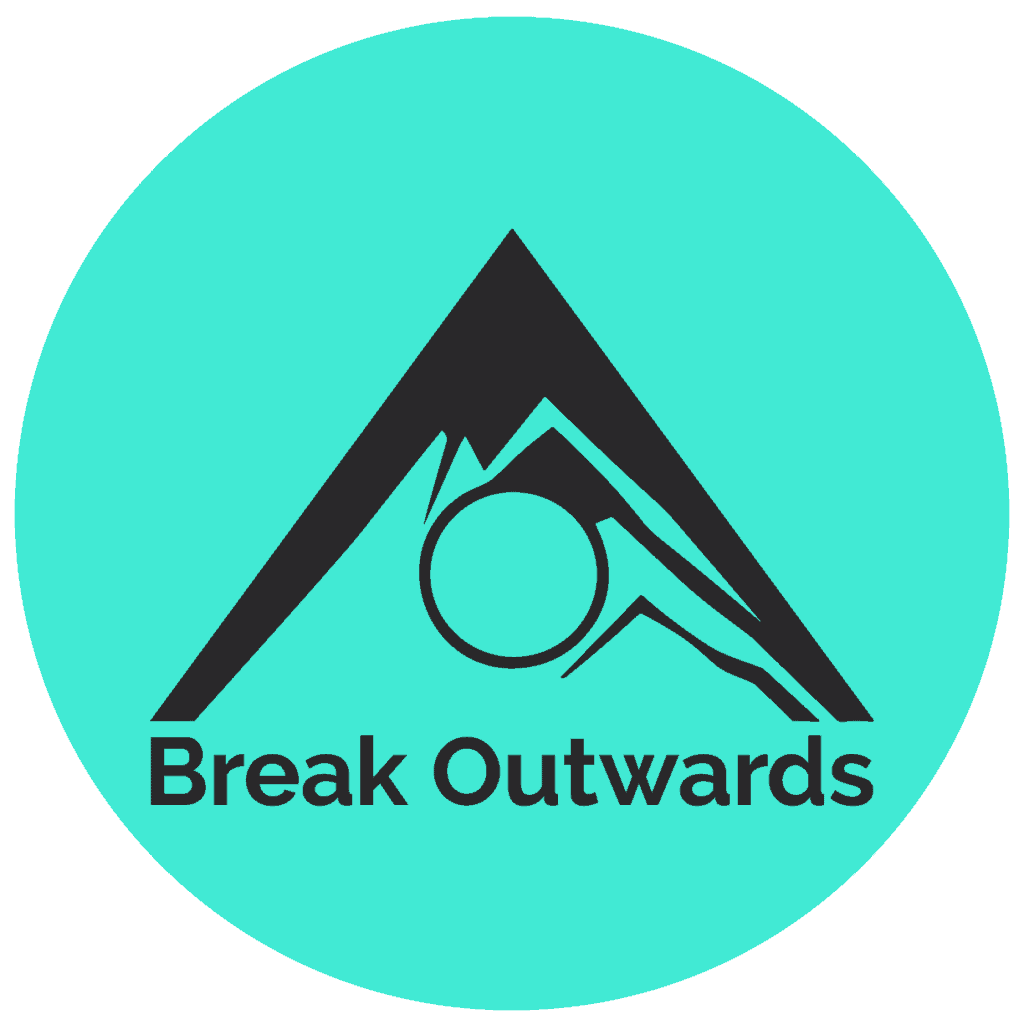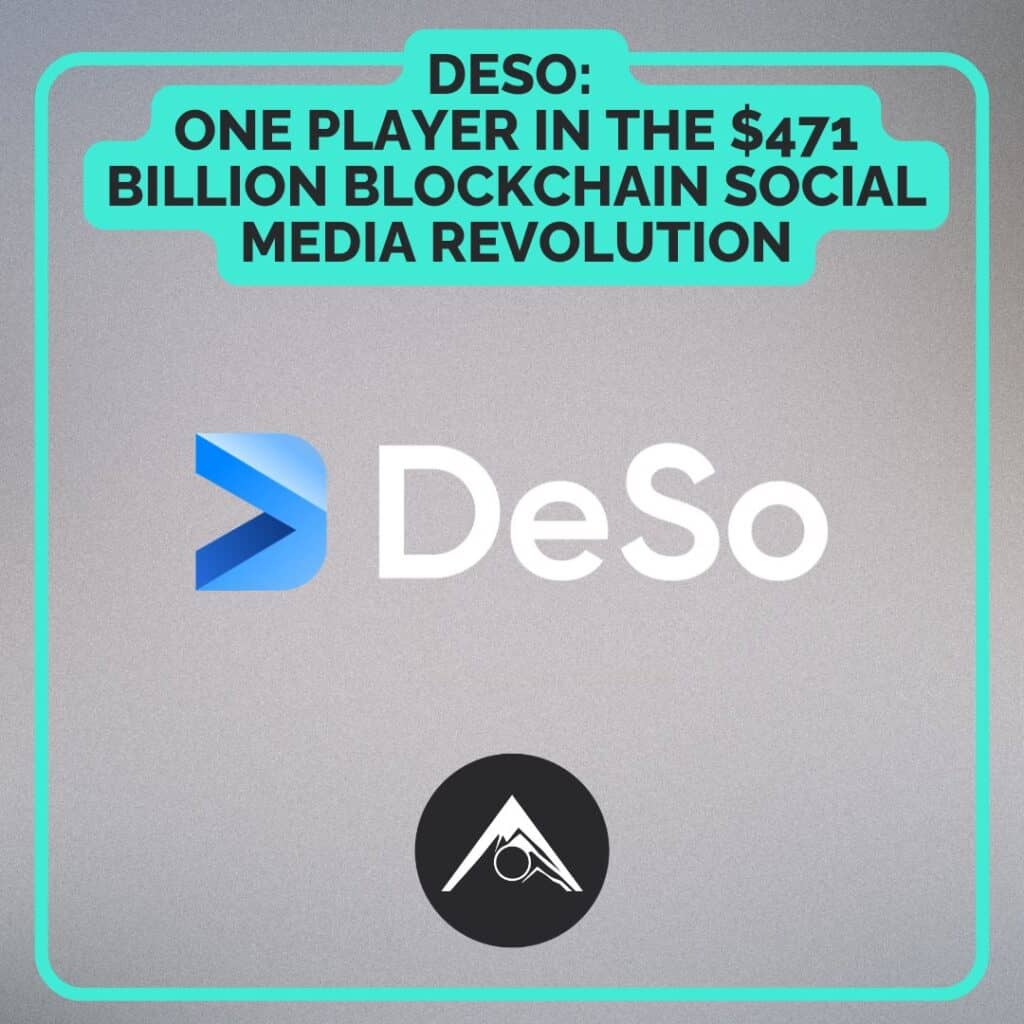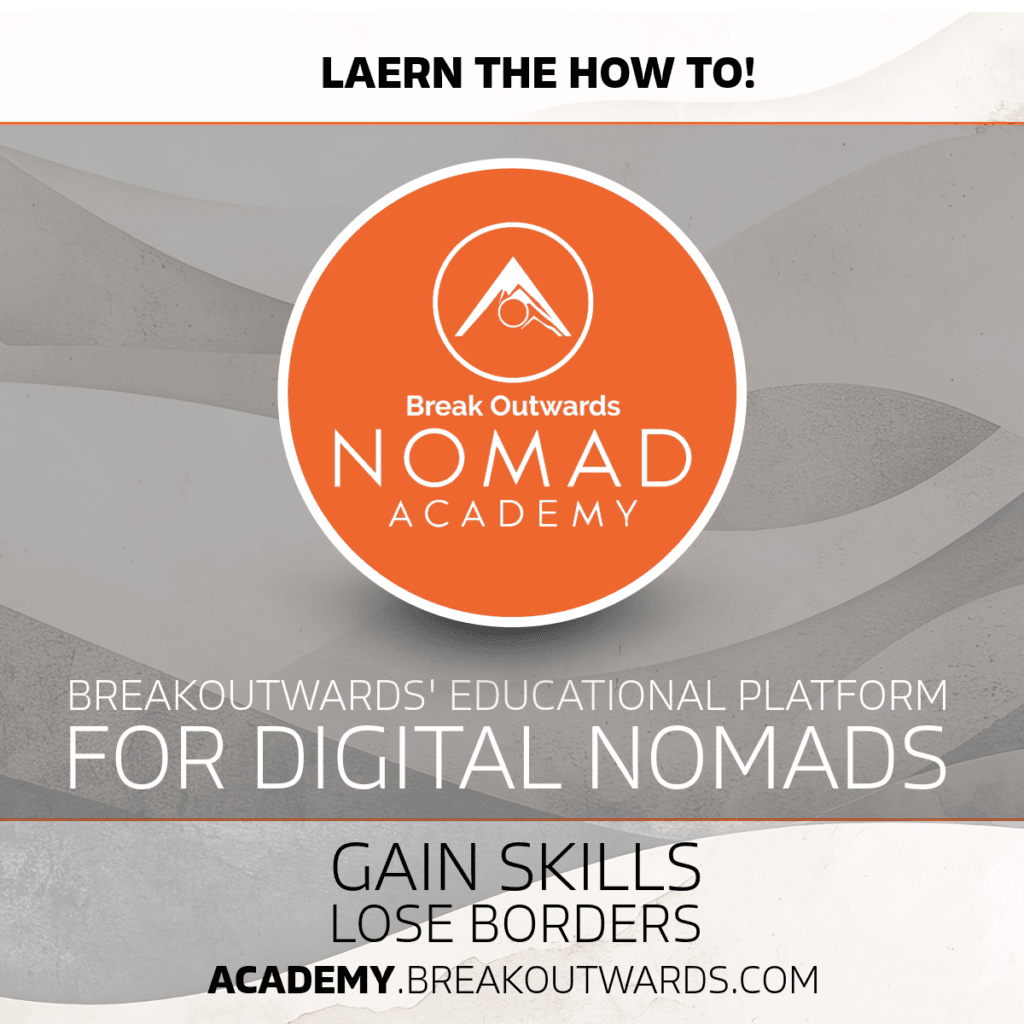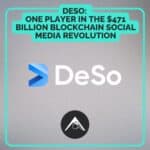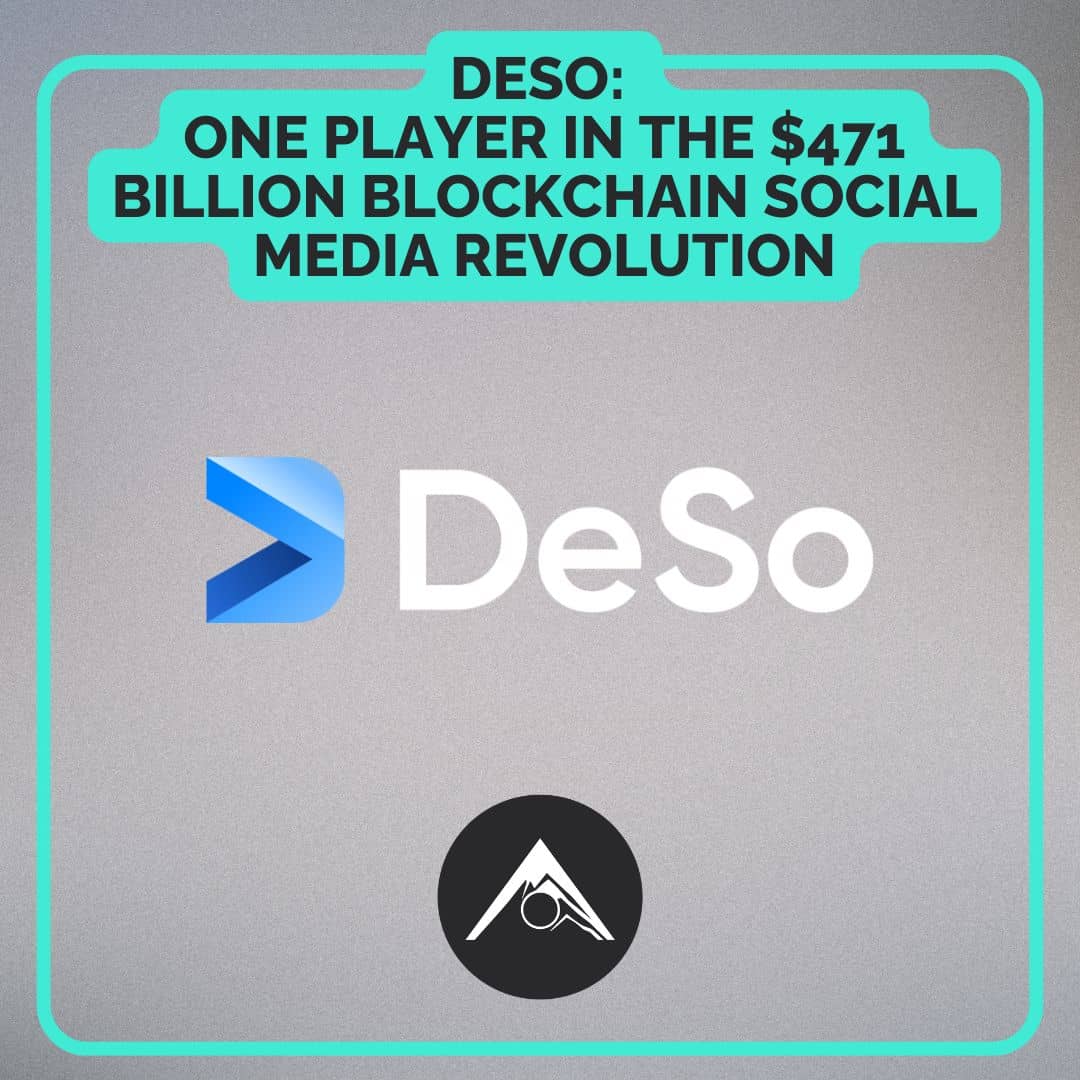DeSo: One Player in the $471 Billion Blockchain Social Media Revolution
The blockchain social media revolution is here, and it’s bigger than you think. With the Web3 social platforms market projected to reach $471 billion by 2034 and over 10 million daily active users now engaging across decentralized platforms, we’re witnessing the largest migration from traditional social media in internet history.
Among the dozens of platforms competing for creator attention—from Farcaster’s $1 billion valuation to Own’s TikTok-challenging mobile app—DeSo (Decentralized Social) stands out for its unique approach to creator monetization. While platforms like Hive and Steemit pioneered blockchain social media, and newcomers like Audius dominate music creation, DeSo has carved its niche through “creator coins” that literally let followers invest in their favorite creators’ success.
This isn’t just another crypto experiment. DeSo represents one approach in a rapidly evolving ecosystem where established platforms like Minds serve 2.5+ million users focused on free speech, while Bluesky attracted 25 million users within months of public launch. But DeSo’s controversial creator coin model and recent technical innovations make it worth understanding, whether you’re exploring alternatives to traditional social media or considering where to build your next creative venture.
The Broader Blockchain Social Media Landscape
DeSo operates in an increasingly crowded field of blockchain social platforms, each targeting different creator needs and user experiences. The space has evolved far beyond the experimental platforms of 2020-2021, with $3.1 billion in crypto financing flowing into social media projects in Q1 2024 alone.
Farcaster leads in venture funding with a $1 billion valuation after raising $150 million from Paradigm and a16z. Built on Ethereum and Optimism, it serves 80,000 daily active users with sophisticated “Frames” technology that embeds apps directly within posts. The platform targets crypto-native users seeking advanced social experiences.
Own emerged in July 2025 as a direct TikTok competitor built on Base blockchain, promising creators earnings regardless of follower count or geographic location. Unlike TikTok’s 50% revenue share, Own takes only 20%, while creators retain 90-95% of sponsorship and commerce earnings.
Audius dominates music creation with over 250,000 artists and 7 million monthly users, showing $10+ million in daily trading volume for its AUDIO token. The platform connects musicians directly with fans while enabling sophisticated token-based monetization.
Established platforms maintain strong positions: Hive commands a $95-129 million market cap as a community-driven Steemit alternative, while Minds serves 2.5+ million users focused on free speech and daily token rewards. Even Bluesky, though not crypto-native, gained 25 million users within months of public launch through its decentralized AT Protocol.
In this competitive landscape, DeSo distinguishes itself through creator coins—a controversial but financially successful model that’s generated millions in creator earnings while sparking debates about the financialization of human relationships.
[Start your DeSo journey on Focus : https://focus.xyz/?password=RSW1F6YR]
DeSo’s Controversial Origins and Evolution
DeSo’s journey began as BitClout, one of crypto’s most scandalous launches in March 2021. The platform appeared overnight having scraped 15,000 Twitter profiles without permission, automatically creating tradeable tokens for celebrities including Elon Musk and Singapore’s Prime Minister. While competitors like Hive and Steemit focused on community governance and content rewards, BitClout took the radical step of tokenizing human identity itself.
The backlash was severe—celebrities demanded profile removal, legal threats flew, and the crypto community split between fascination and outrage. Yet beneath the controversy lay genuine innovation: the world’s first blockchain optimized specifically for social media storage, solving cost problems that had limited platforms like Steemit to niche adoption.
Unlike Farcaster’s gradual development or Audius’s music-focused approach, DeSo emerged fully formed with $200+ million in funding from Andreessen Horowitz, Sequoia Capital, and Coinbase Ventures. The anonymous “diamondhands” founder revealed himself as Nader Al-Naji in September 2021, rebranding to DeSo and promising to address the identity theft concerns.
The platform’s evolution continued through 2024 with technical improvements like “Revolution Proof of Stake” consensus and MetaMask integration. However, Al-Naji’s arrest in July 2024 on SEC fraud charges for allegedly misappropriating $7 million in investor funds created new uncertainty. Unlike decentralized platforms like Hive that emerged from community governance, DeSo’s centralized leadership structure proved vulnerable to regulatory action.
Despite these challenges, the DeSo blockchain continues operating independently, demonstrating the platform’s technical decentralization even as its leadership faces legal scrutiny.
Technical Innovation: Solving Blockchain’s Social Media Problem
How DeSo Compares Technically to Blockchain Social Competitors
While platforms like Hive and Steemit run on general-purpose blockchains adapted for social use, DeSo built its infrastructure from scratch specifically for social media storage and interaction. This architectural decision creates significant advantages over competitors in cost and functionality.
Storage costs reveal the technical differences: On Ethereum (where Farcaster operates), posting a 200-character message costs over $100. Hive reduces this significantly but still requires resource credits that can limit posting frequency. DeSo drives costs down to 1/10,000th of a cent through custom indexing and “bare metal” social features implemented directly on the blockchain.
Unlike Audius’s focus on music files or Own’s emphasis on short videos, DeSo stores all social data directly on-chain—posts, profiles, follower relationships, and complete social graphs. This creates permanent, uncensorable records that remain accessible even if applications disappear, contrasting with platforms like Minds that rely on traditional databases for much of their functionality.
DeSo’s “Revolution Proof of Stake” consensus offers sub-1 second finality with 3-hour staking periods instead of the weeks required by Ethereum-based competitors. The network currently supports over 500 posts per second—more than adequate for current usage and superior to Bitcoin-based platforms, though still below Bluesky’s traditional infrastructure capabilities.
Most importantly, DeSo enables true data portability across applications. Your profile, content, and social connections exist on the blockchain itself, meaning seamless movement between different DeSo-built apps without losing your audience. This contrasts with single-application platforms like Audius or the protocol-specific limitations of Farcaster’s Frames ecosystem.
Creator Coins: The Financialization of Social Influence
Creator Coins: DeSo’s Unique Approach to Social Finance
While most blockchain social platforms reward content through upvoting systems (Hive, Steemit) or platform tokens (Minds, Audius), DeSo pioneered personal tokenization through its creator coin system. This approach transforms every user into a tradeable asset, creating a “social stock market” where relationships become financial instruments.
The mechanics differ fundamentally from competitor approaches: When you create a DeSo profile, your personal coin starts at a base price following a mathematical bonding curve. As people buy your coin (showing confidence in your future success), the price increases algorithmically. Early supporters who believed in your potential can see significant returns, while you earn “founder rewards”—typically 0-10% of all trading volume.
This contrasts sharply with other platforms’ monetization models:
- Hive and Steemit reward content quality through community upvoting and curator rewards
- Audius enables direct fan tipping and streaming revenue sharing
- Own promises creator earnings through commerce integration and reduced platform fees
- Farcaster focuses on sophisticated app integration and crypto-native engagement
- Minds provides daily token rewards for general platform engagement
DeSo’s model has enabled some creators to earn thousands weekly through coin appreciation and diamond tips (DeSo’s micro-tipping system) without traditional advertising. Supporters literally put money behind their belief in creators, incentivizing active promotion of invested profiles.
However, this financialization of relationships remains controversial even within blockchain social media circles. Critics argue it creates unhealthy power dynamics between large holders and regular users, while supporters counter that it provides direct creator monetization independent of algorithmic advertising platforms.
The DeSo Ecosystem: Real Applications, Real Users
Today’s DeSo ecosystem includes over 100 applications spanning social media, NFT marketplaces, fundraising platforms, and DAO management tools. The primary social applications include:
Diamond: The flagship Twitter-like platform where users post “clouts” (posts), send diamond tips, and trade creator coins. The interface feels familiar to traditional social media users while providing crypto-native features like on-chain verification and token integration.
Focus: The newest and most ambitious DeSo application, designed as a more streamlined, mainstream-friendly social platform. [Try Focus yourself with this exclusive access code: https://focus.xyz/?password=RSW1F6YR] Focus aims to bridge the gap between crypto-native users and mainstream social media adoption through improved user experience and onboarding.
NFTz: A dedicated NFT marketplace built specifically for DeSo creators, enabling direct minting and trading without the high gas fees plaguing Ethereum-based platforms.
DAODAO: A governance platform allowing DeSo communities to form decentralized organizations and make collective decisions about creator coin treasuries and community direction.
The ecosystem has processed over 93 million transactions across 2.6 million created wallets, though daily active users remain significantly lower than these cumulative statistics suggest.
The Pros: Why DeSo Matters for Creators and Users
True Content Ownership: Unlike traditional platforms where your content and audience can disappear with an algorithm change or account suspension, DeSo content lives permanently on-chain. Creators own their data, followers, and content in ways impossible on centralized platforms.
Direct Creator Monetization: The creator coin and diamond tipping systems enable direct fan-to-creator payments without platform intermediaries taking 30-50% cuts. Some creators earn more from diamond tips than they ever made from YouTube ad revenue or Patreon subscriptions.
No Algorithmic Suppression: Content visibility isn’t subject to mysterious algorithmic changes designed to maximize platform advertising revenue. Supporters who hold your creator coins have direct incentives to promote and engage with your content.
Micropayments That Actually Work: Diamond tips range from fractions of pennies to $50+, enabling granular appreciation that’s impossible with traditional payment systems. Creators can earn meaningful income from thousands of small tips rather than depending on whale donations.
Portability and Composability: Your DeSo identity works across all applications built on the platform. Build an audience on Diamond, sell NFTs on NFTz, organize governance through DAODAO—all with the same profile and social graph.
Censorship Resistance: Content stored on-chain cannot be removed by centralized authorities, providing genuine free speech protections (though individual applications can still filter content in their interfaces).
The Cons: Legitimate Concerns and Criticisms
Financialization of Relationships: Critics argue that putting price tags on human relationships creates unhealthy dynamics where social interaction becomes primarily motivated by financial gain rather than genuine connection.
Speculative Bubble Dynamics: Creator coins can create boom-bust cycles where early supporters profit while late buyers lose money, potentially damaging creator-fan relationships when coin prices crash.
Limited Mainstream Adoption: Despite technical capabilities and substantial funding, DeSo has struggled to attract mainstream users beyond crypto enthusiasts. Most creators already have established audiences on traditional platforms.
Regulatory Uncertainty: The recent founder arrest highlights ongoing regulatory risks around creator coins potentially being classified as securities, which could impact the platform’s legal status.
Environmental and Complexity Concerns: While more efficient than Bitcoin or Ethereum, blockchain-based social media still requires more energy than traditional platforms. The learning curve for crypto-native features can intimidate mainstream users.
Wealth Concentration: Early adopters and large holders can accumulate significant influence over creators’ coins, potentially recreating the power imbalances DeSo aims to solve.
Why DeSo Matters: The Bigger Picture
Why DeSo Matters in the Broader Blockchain Social Movement
DeSo represents one approach in a fundamental shift affecting how creators monetize and own their digital presence. The blockchain social media space has evolved from experimental platforms serving crypto enthusiasts to legitimate alternatives attracting mainstream creators frustrated with traditional platform limitations.
Market data demonstrates this transition’s scale: DeSo trades at $3.47-$5.89 with a $30-47 million market cap, while Hive maintains $95-129 million and Audius shows over $10 million daily trading volume. These aren’t speculative tokens—they represent functioning economies where creators earn meaningful income.
Each platform addresses different creator needs:
- Own targets TikTok creators seeking better revenue sharing and global monetization
- Audius serves musicians wanting direct fan relationships without record label intermediaries
- Farcaster attracts crypto-native users building sophisticated social applications
- Hive appeals to writers preferring community-governed, long-form content rewards
- DeSo focuses on creators interested in fan investment and social tokenization
The collective impact transcends any single platform. Together, these platforms demonstrate that creator-controlled, blockchain-based social media isn’t just technically feasible—it’s economically viable and increasingly competitive with traditional alternatives.
DeSo’s creator coin model, while controversial, proves that new monetization mechanisms can work at scale. Whether personal tokenization becomes mainstream or remains niche, it represents innovation in creator economics that pushes the entire industry toward better creator compensation and platform accountability.
From a technological perspective, DeSo’s purpose-built blockchain architecture influences how other platforms approach infrastructure. Its solutions to storage costs and transaction speed provide blueprints that benefit the entire blockchain social ecosystem, even for competitors using different approaches.
Getting Started: Experience DeSo Through Focus
The best way to understand DeSo’s potential is to experience it firsthand through Focus, the platform’s most user-friendly application. [Access Focus with this exclusive code: https://focus.xyz/?password=RSW1F6YR]
Focus streamlines the DeSo experience for newcomers, providing familiar social media functionality while gradually introducing creator coins, diamond tipping, and other crypto-native features. You can start by simply posting content and engaging with other users, then explore advanced features like purchasing creator coins or earning diamond tips as you become more comfortable.
The onboarding process now includes MetaMask integration, allowing the 30+ million existing Ethereum users to access DeSo without creating entirely new wallets or learning different interfaces.
The Verdict: DeSo’s Role in Social Media’s Blockchain Future
DeSo occupies a unique position in the rapidly expanding blockchain social media ecosystem—technically innovative but adoption-challenged, financially empowering for some creators but potentially exploitative in its relationship dynamics. While platforms like Farcaster pursue venture capital validation and Own targets mainstream TikTok migration, DeSo has carved out the creator tokenization niche with mixed but meaningful results.
The platform’s recent legal troubles underscore risks inherent in any centralized leadership structure, even for supposedly decentralized platforms. However, the blockchain itself continues operating, and the community has shown remarkable resilience through multiple controversies—a pattern seen across successful blockchain social platforms from Hive’s Steemit fork to Audius’s regulatory navigation.
For creators exploring blockchain social alternatives, DeSo offers compelling features unavailable elsewhere: direct fan investment, sophisticated tokenomics, and true content ownership. For crypto enthusiasts interested in social applications beyond DeFi trading, it provides one of the most mature and technically advanced experiences available, complementing rather than competing with music-focused Audius or governance-focused Hive.
The broader blockchain social movement benefits from DeSo’s experiments, regardless of individual platform success. Creator coins, social tipping, and on-chain reputation systems demonstrate new possibilities for digital creator economics. These innovations influence development across the entire ecosystem, from Own’s revenue-sharing improvements to Farcaster’s embedded application features.
Whether DeSo represents the future of social media or simply one interesting experiment remains to be determined. But in a landscape where traditional platforms increasingly restrict creator monetization and ownership, blockchain alternatives collectively offer compelling value propositions. The revolution in social media may not look exactly like DeSo, but the platform is undoubtedly contributing to fundamental changes in how we think about content ownership, creator compensation, and digital relationships.
As the blockchain social space matures toward its projected $471 billion market size, exploring platforms like DeSo becomes essential for understanding where digital communication and creator economics are heading. At minimum, it’s pushing the entire industry to reconsider who controls social media infrastructure and how value flows between platforms, creators, and communities.
Ready to explore one approach to the future of social media?
[Start your DeSo journey on Focus : https://focus.xyz/?password=RSW1F6YR]
